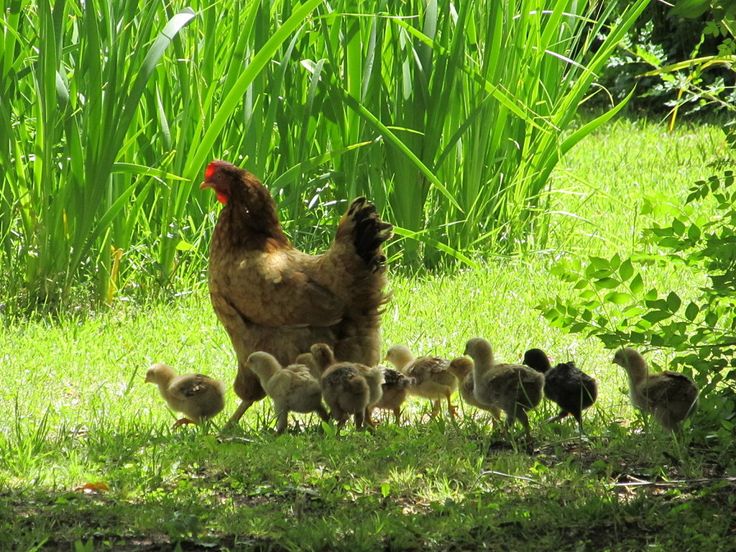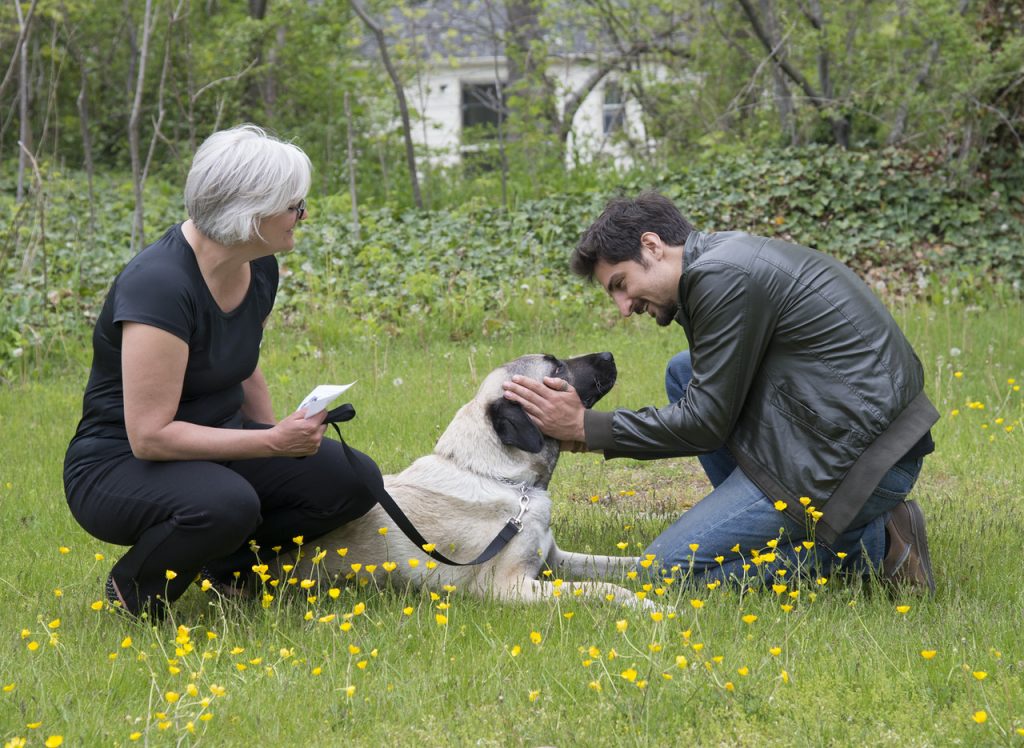Mary McGuire, an experienced and excellent breeder of Great Pyrenees Guardian dogs shares this night time event on here farm. It is actually an excellent time of the year to share this event, as Coyote pups will be born soon in April and May….Spring time. Listen carefully to her words ~ she is successful and happy in all she does, because she understands the world of the Coyote, and respects it. Life is good OR as we say in Maine “The way Life should be!”
“ I just spent the hours between 3AM and 5 AM listening to a couple of my Pyrenees kicking up quite a ruckus. It is Spring and time for all good coyote parents to hunt for their new pups. Of course this can at times really anger the Pyrenees who are in charge of our south barn and pasture.
There is a nice little stream that runs thru the pasture on the other side of their fence and many nights the coyotes travel down that stream looking for late night snacks. Since their hunting duties are much heavier during this time of the year it can cause them to take more chances than usual. Most of the time the coyotes stay far away from that area but hunger does cause the predators to gamble a bit.
On this particular night, I got the chance to hear Justus and Kate (my Great Pyrenees Guardian dogs)first warn the coyotes to “get away” and then go into full voice “get the heck out of here” mode as the coyotes came closer. The yips of the coyotes seemed so tiny when compared to the huge full throated barks of this pair. They would run from one end of the field to the other up a big hill and then down to the bottom that borders the creek quite closely.
I could almost hear their huge feet pounding the ground as they ran barking right past my bedroom window. This is the closest field to the house so it does give me the chance to observe these two patrol, and then go into full defense voice. It is so nice to just listen with no fear of any loss of sheep or chickens. They are an intact breeding pair, who are quite devoted to each other. Each Pyrenees works very hard at their job but also loves to play with their partner and then lay quietly with the sheep in the afternoon sun.
This is a much nicer way to protect my livestock and also enjoy a beautiful dog do the job they were bred to do. It certainly is better than trying to shoot or trap or poison the coyotes. Meanwhile the predators can keep the groundhogs in limits along with a few other “varmints”. Nature can do the job if we just allow it to do so.”
Photo: one of Mary’s Great Pyrennees on the move













